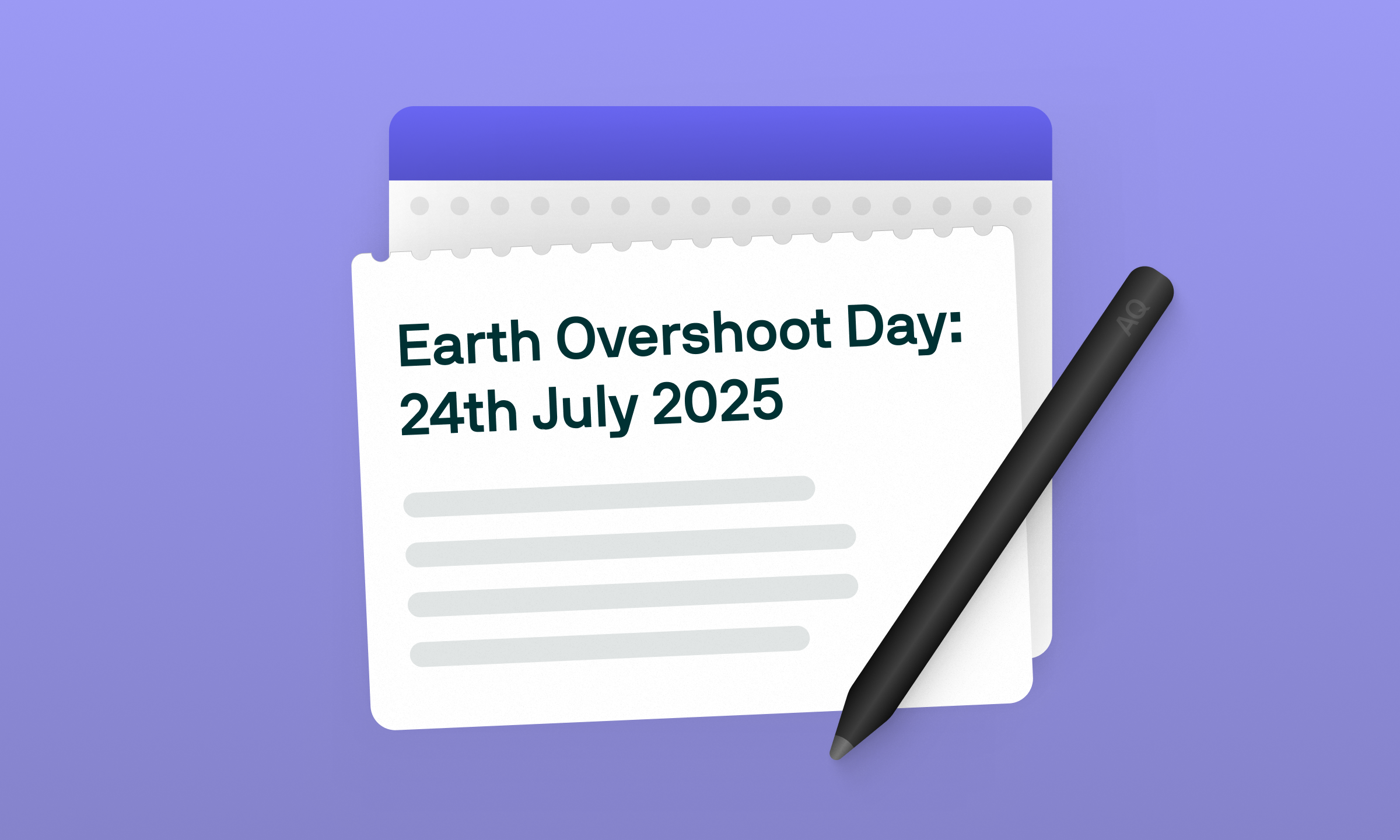Stop Sending Terrible Supplier Surveys
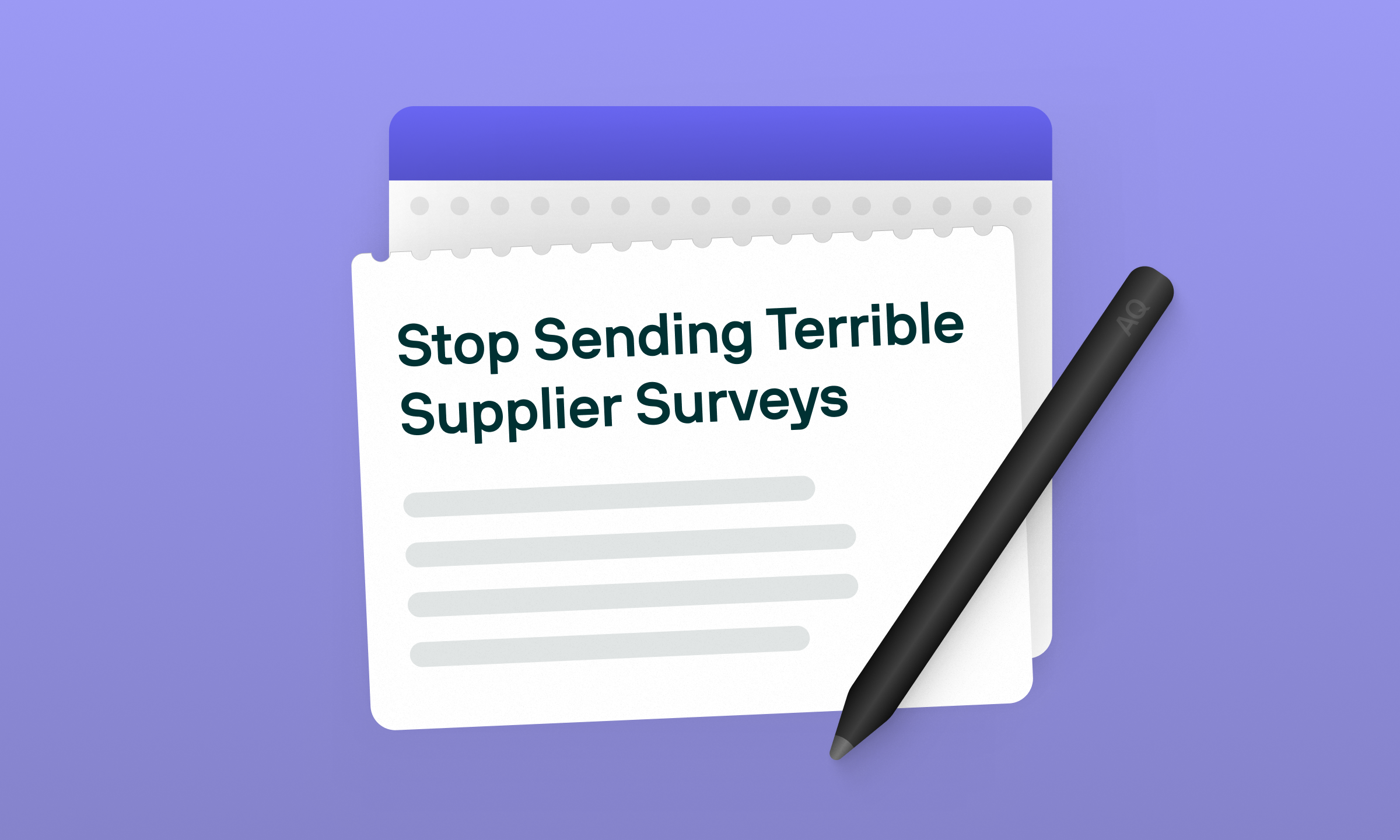
What you'll learn



Suppliers Are Drowning in Data Requests
Sustainability surveys in a nutshell: "Dear supplier, are you sustainable?" Answer: yes or no.
If only it were that simple.
With Scope 3 accounting for the majority of companies' impacts, demand for supplier data has exploded. Depending on supplier maturity, you might need corporate carbon footprints, product carbon footprints, emissions factors, or evidence of reduction initiatives.
Every year, over 47,000 suppliers receive CDP data requests from their customers. Looking at EcoVadis ratings, that number jumps to 159,000 assessments conducted between 2020 and 2024, including 49,000 in 2024 alone.
The result? Supplier survey fatigue. Your suppliers are drowning in requests. Each customer demands the same information in a different format. Most arrive with tight deadlines and minimal context.
Here’s what you can do to stop sending terrible supplier surveys and get better data and response rates.
Supplier Fatigue vs Customer Frustration
Before diving into solutions, let's understand why flooding suppliers with scattered data requests backfires – for them and for you.
The Supplier POV
Picture this: You're a supplier facing your seventh sustainability questionnaire this month. Each demands the same data - energy consumption, emissions, waste metrics - in completely different formats. One customer insists on their proprietary Excel template. Another sends a Google Form. A third wants everything via email.
This lack of standardisation creates:
- Time drain: Reformatting the same data repeatedly for different formats
- Confusion: Which survey to prioritise when everyone claims urgency
- Resource burden: Hidden costs pile up. Hiring consultants, dedicating staff time, even bringing in interns to manage the workload
- Data security concerns: Sending sensitive information via email or unsecured forms
- Zero visibility: After submission, suppliers rarely hear back or understand how their data contributed to any outcomes
The Customer POV
Your side of the story isn't exactly rosy either:
- Low response rates: Despite follow-ups, many suppliers simply don't respond
- Outdated information: By the time you consolidate responses, the data is already stale
- Quality concerns: Rushed suppliers provide incomplete or inaccurate data
- Manual nightmare: Collating responses from Excel files, emails, and various forms
- Compliance pressure: Regulatory deadlines loom while you chase missing data
Build Relationships, Not Just Surveys
Start with the "Why"
Before sending a single data request, determine the "why". What are your company's sustainability targets? How does supplier data contribute to these goals? Most importantly, can you articulate this clearly to your suppliers?
Successful programmes share these characteristics:
- Clear communication: Explain why you need the data, how it fits into your broader sustainability strategy, and what outcomes you're targeting.
- Mutual benefit: Show suppliers how participation strengthens your relationship and potentially improves their business through a clearer understanding of their impacts.
- Transparency: Share how their data contributes to your overall impact calculations.
You can do this by organising a kick-off webinar with your most strategic suppliers. Bring your CPO in to talk about sustainable procurement policies you’re introducing or the fact that you view these suppliers as your sustainability partners for resilient supply chains of the future - make them feel special.
Also, get your Category Managers bought into why the data is important and make sure they can comfortably discuss with suppliers in regular catch ups. This way, suppliers learn about company targets, understand how to provide data, and, most importantly, have the opportunity to ask questions and provide feedback.
Design Surveys That Work
- Start with a smaller group of suppliers: Prioritise based on carbon impact, strategic importance, and existing relationships.
- Ask for data you'll actually use and standardise requests: Suppliers engage more when they see meaningful follow-up based on their responses. Ensure topics are material to the supplier, and align questions with existing frameworks, such as the Partnership for Carbon Transparency (PACT).
- Provide support to ease calculations: Don't leave suppliers stranded. Offer drop-in sessions for questions, clear guidance on data collection methods, and training resources for suppliers new to carbon accounting.
- Create a centralised data repository: Avoid returning to suppliers with duplicate requests and facilitate internal sharing across your organisation.
- Show the value: After collecting data, close the loop. Show suppliers how their information contributed to understanding company impact, setting reduction initiatives, and making strategic procurement decisions.
Use Technology in Your Favour
Using a dedicated platform can be helpful for both sides.
For suppliers:
- Fill out data once, share with multiple customers
- Secure data transmission
- Clear validation and guidance
- Visibility into how their data creates impact
For data requestors:
- Centralised data collection
- Automated follow-ups
- Real-time data quality indicators
- Standardised formats across all suppliers
Understanding your suppliers' existing tools helps design requests that integrate smoothly into their workflows rather than creating additional friction.
How Altruistiq Helps
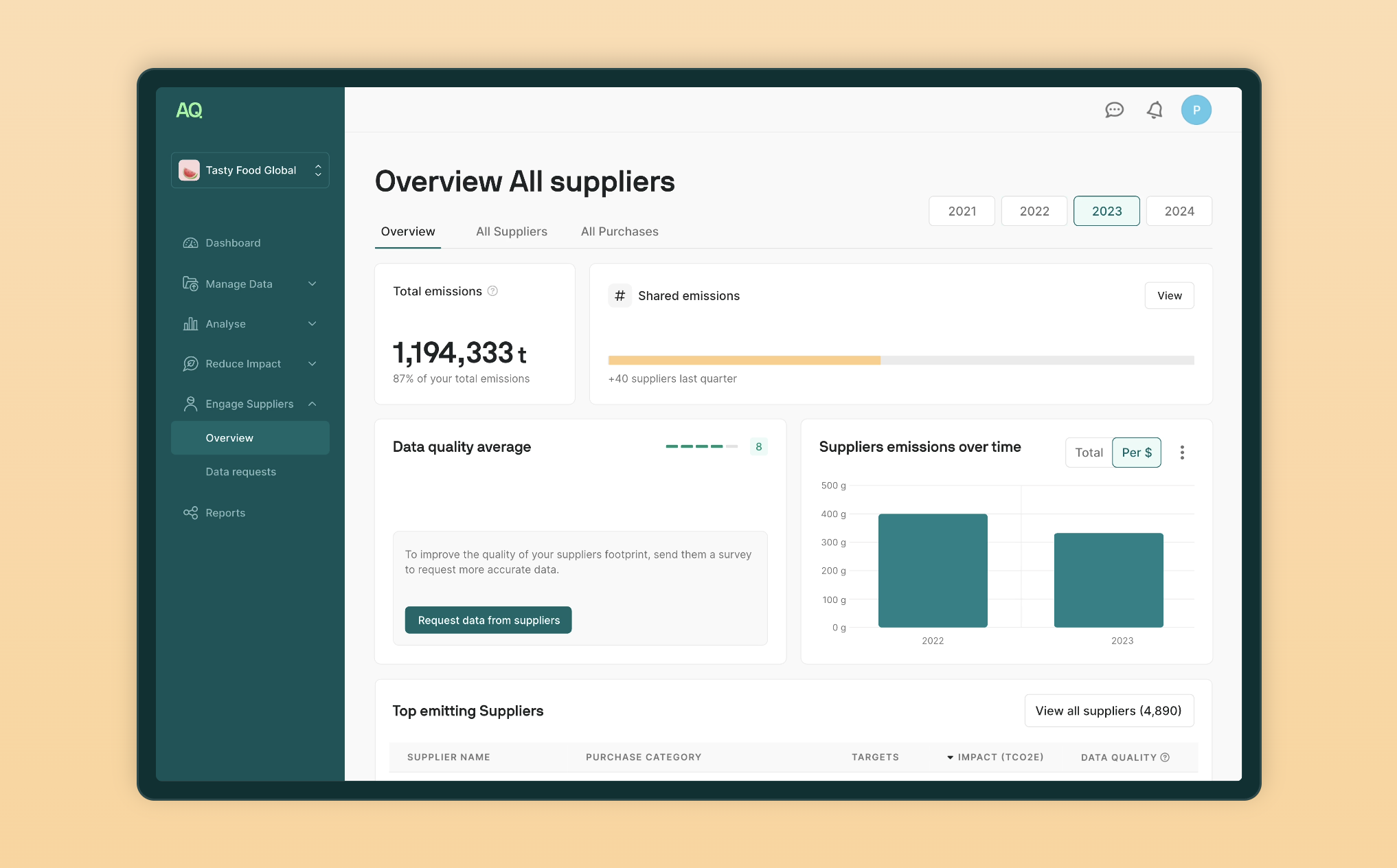
The Altruistiq platform facilitates supplier data collection. It helps you:
Centralise and streamline: No more scattered Excel files or email chains. Everything lives in one secure, accessible place.
Reduce supplier fatigue: Suppliers enter data once, then share with multiple customers – cutting duplicate work.
Get better data, faster: Higher response rates and fresher information with automated reminders, real-time validation and automated data quality ratings.
Build genuine engagement: Our Supply Chain Engagement team helps you design communication that suppliers want to respond to – not just another survey in their inbox.


.svg.webp)



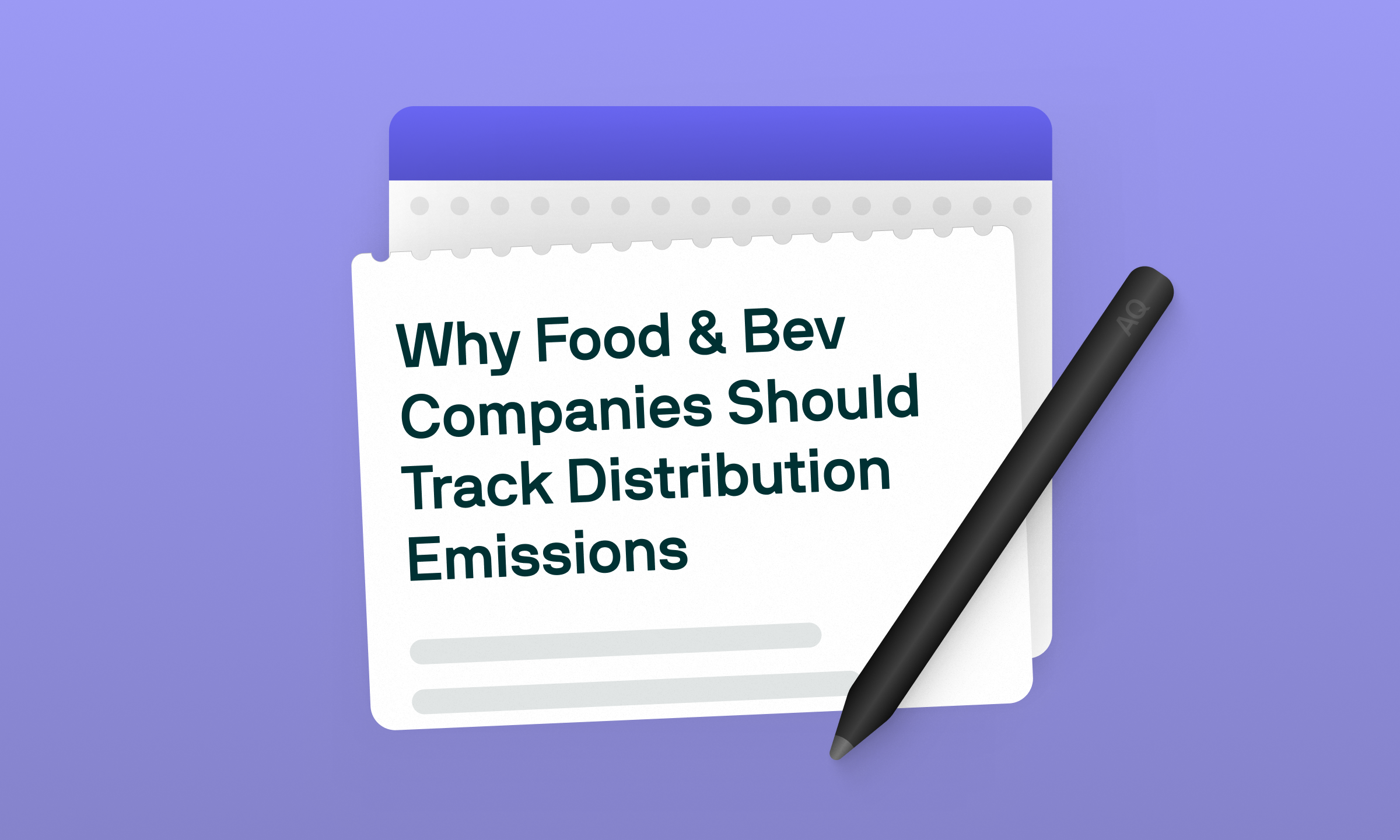
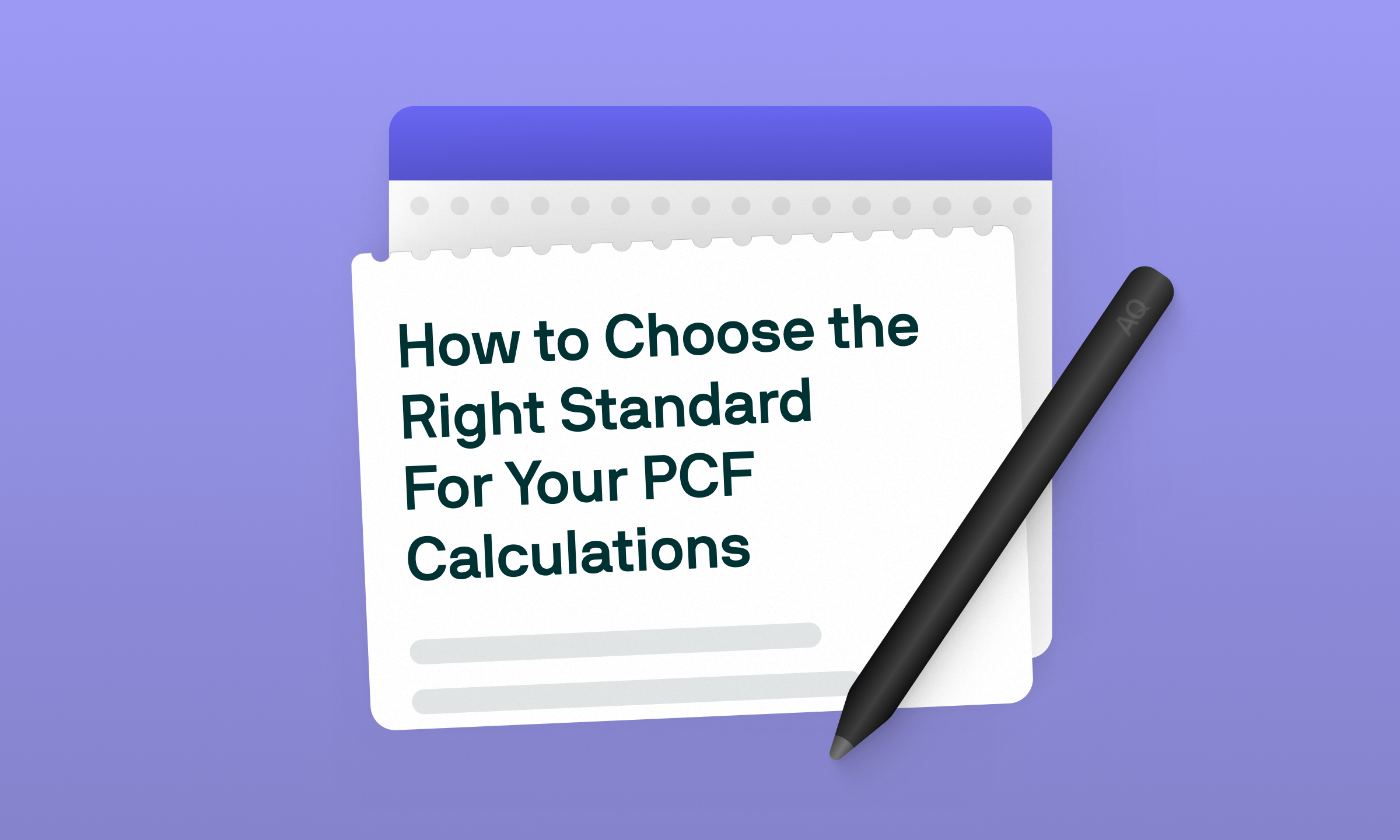

.png)
